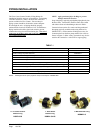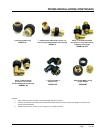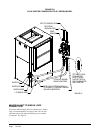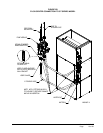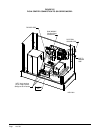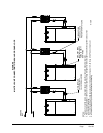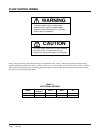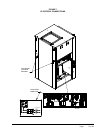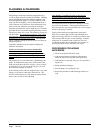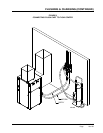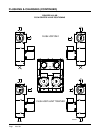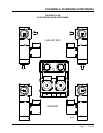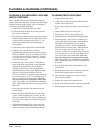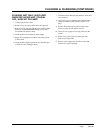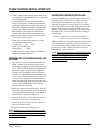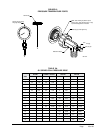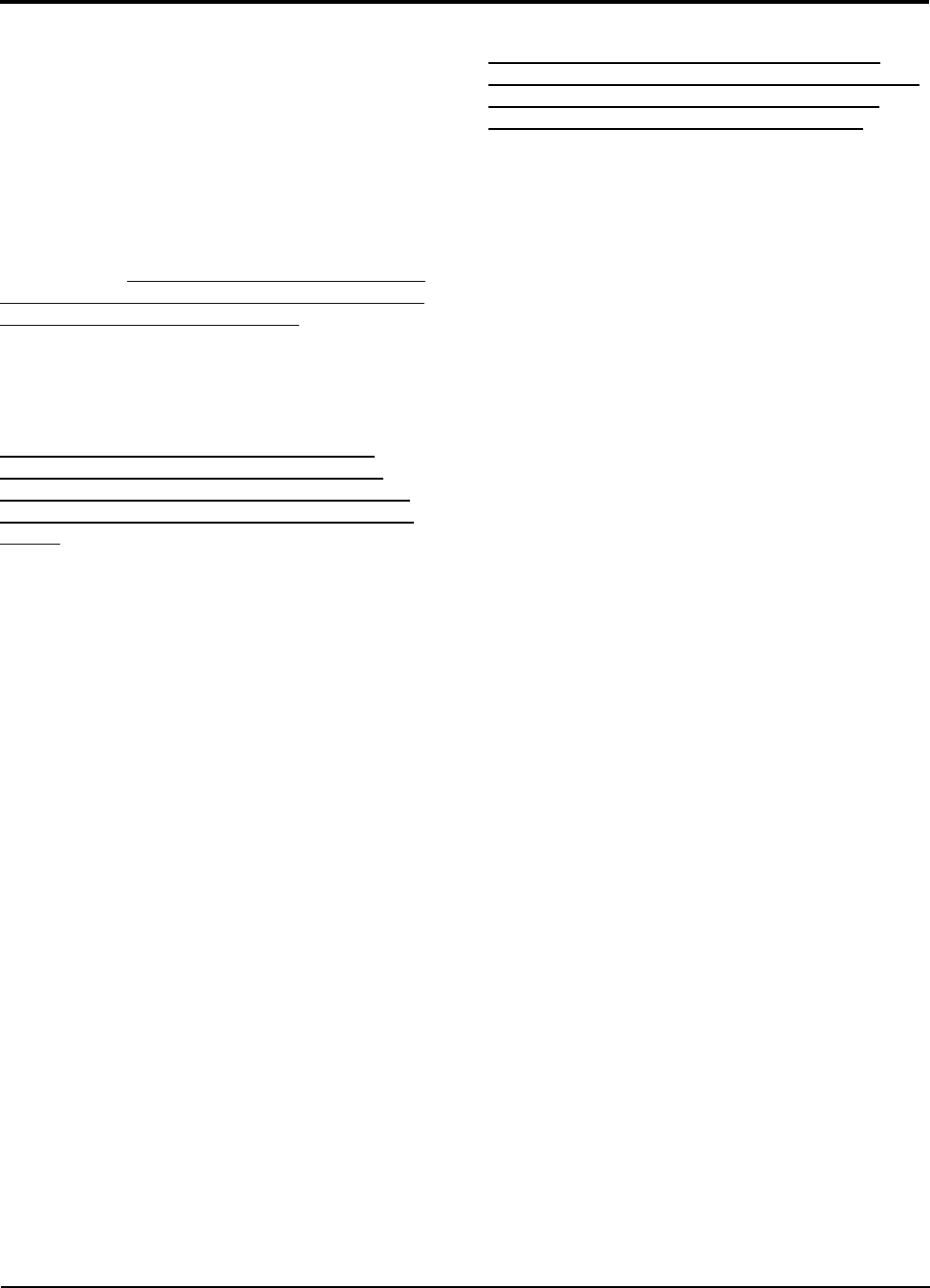
Manual 2100-518B
Page 18 of 30
All Flushing of earth loops should be performed using a
1.5 HP or larger pump (as specied by IGSHPA). Flushing
can be accomplished using three different methods. The
rst ushing method applies a one-step installation of the
loop, unit and inside piping. The second method allows a
Loop Contractor to use ush cart when installing the loop,
and at a later date, the dealer can install the unit to the
loop using only domestic water to ush the unit. The third
procedure shown is used when replacing the pump, coaxial
refrigerant to water coil, or unit. The following are step-by-
step procedures. Be careful not to rotate the 3-way valves
into a position where air can be introduced into the loop.
Reushing will be required if this occurs. Valve position
can be veried by looking on the end of the valve stem for
the pattern position.
Consult the IGSHPA for more complete ushing and
antifreeze instructions.
Flush in one direction for one hour, deadheading
in increments - checking site glass for air pockets.
Reverse ow in opposite direction, again for one hour,
deadheading in increments - checking site glass for air
pockets.
The presence of air can be detected by “deadheading” the
pump. To deadhead the pump, close off the return to the
pump and watch the water level site glass. Once you have
no more than 1/2" to 3/4" drop in the site glass, you will
have achieved complete air removal.
Power ushing can be achieved using the home’s city water
supply (or well water) connected to the ush cart. This
uses the combined pressure of the ush cart pump and the
home’s water system for faster ushing.
After ushing is complete, but prior to unit start up,
remove the large screw from the center of the ow center
pump(s) to allow air to escape (water will drip out).
Replace the screw after pump has lled with uid.
For nal pressurization, run the unit in heating or cooling
for a period of 20 minutes. Following this 20 minute run
time, pressurize the loop using the ush cart to 50-75 psig in
winter or 40-50 psig in summer.
In areas where entering loop temperatures drop below
40°F (5°C) or where piping will be routed through areas
subject to freezing, antifreeze is needed to prevent the loop
from freezing inside the pipe or heat exchanger. Alcohols
and glycols are commonly used as antifreeze, however,
you should consult with your distributor for assistance in
selecting the antifreeze best suited for your region.
PROCEDURES FOR ADDING
ANTIFREEZE
1. Flush cart should be half full of water.
2. Add measured amount of antifreeze through hose
below the water level (calculate based upon loop).
3. Add antifreeze to loop side only (see valve position in
Figure 9A).
4. Pump and dump (discharge).
5. Turn off pump; close discharge valve.
6. Repeat the procedure to add remaining antifreeze to
loop.
FLUSHING & CHARGING



